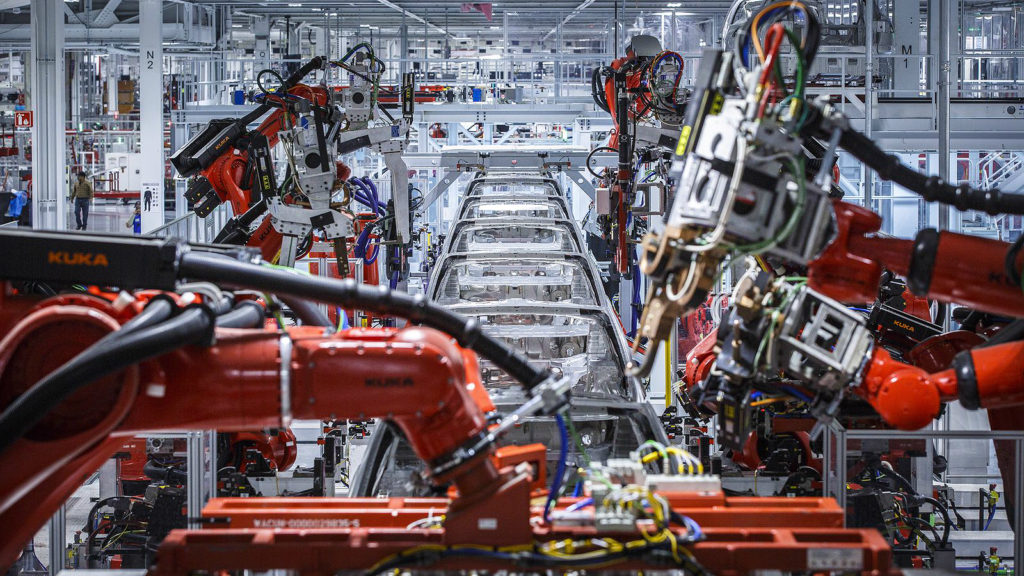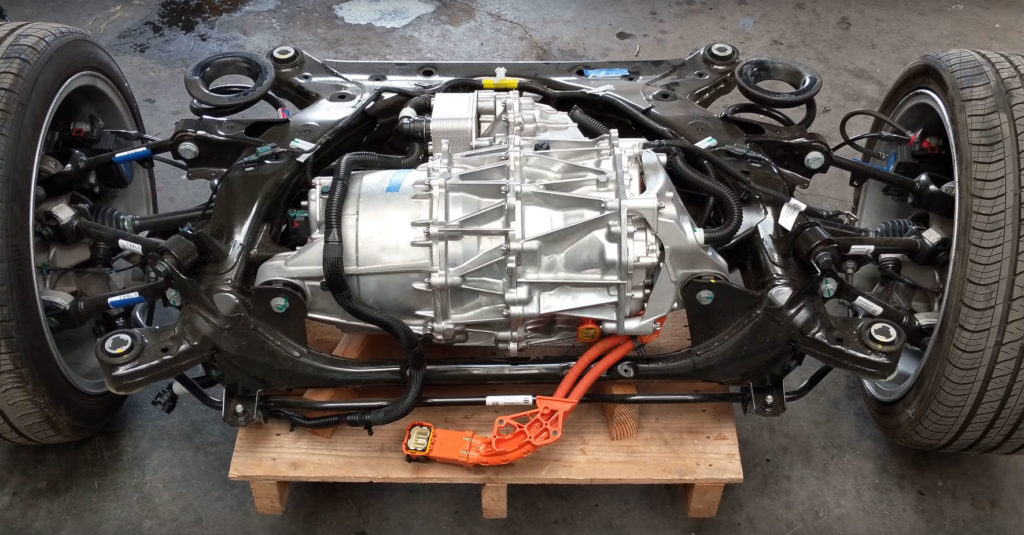One of the reasons why the narrative of the “Tesla Killer” has effectively died is due to the pervading lead that Tesla holds over the competition in terms of range. Amidst the long-predicted entrance of competing vehicles from established automakers including Audi, Jaguar, and Porsche, Tesla’s vehicles have proven to be vastly superior in range, as evidenced by the Model S Long Range, which can last 370 miles in between charges.
Take Tesla’s very first car, the original Tesla Roadster. The vehicle featured Tesla’s efforts at creating a desirable all-electric sports car, and it showed in the Roadster’s robust 245-mile range. There weren’t even Superchargers when the Roadster was released, but the car proved that EVs could comfortably go beyond the 200-mile mark, and then some more. Interestingly, even modern EVs from veteran carmakers are finding it hard to match the Roadster’s 245-mile EPA range. The Audi e-tron, for example, just has 204 miles of range per charge, while the award-winning I-PACE has an EPA rating of 234 miles per charge.
This, according to veteran auto experts Sandy Munro and Mark Ellis of Munro & Associates, has a lot to do with Tesla’s all-electric platform and the company’s proprietary battery tech. Tesla is only 16 years old, and thus, it only has a fraction of the experience that its rivals in the auto market has. Yet in the EV segment, Tesla is among the veterans, having worked solely on electric cars since Day One.

All-Electric
As such, vehicles that Tesla releases such as the Model S, Model X, and Model 3, are designed as EVs from the get-go. In contrast, carmakers such as Mercedes-Benz and Audi opted to convert existing platforms for EV production. This reduces costs, but it is a double-edged strategy in the EV segment, which is starting to gain serious ground in several key markets. “If you’re designing something radically different, or if you want to have something that’s going to be a world-beater in the marketplace, that parts bin is the worst thing imaginable,” Munro said.
This could be seen in the difference between the Porsche Taycan and a vehicle such as the Mercedes-Benz EQC. Porsche opted to design the Taycan from a clean sheet, and the result was an all-electric sports car that can attack the track just as aggressively as the next 911. It even has a frunk like a Tesla, albeit smaller. Mercedes, on the other hand, opted to base the EQC on its existing GLC platform, and the result is an EV that still has echoes of its internal combustion roots. Between the two vehicles, it is easy to see which carmaker put more effort, and it shows. Today, it appears that the non-Tesla EV community is far more excited about the Taycan than they are for the EQC.
Mark Ellis, a senior master of lean design and battery consultant, notes that this is a key advantage that is inherent in Tesla. “One of Elon Musk’s big advantages is, basically, that the vehicle is designed to be an electric car. Musk designed every aspect of this car to be as efficient as possible,” he said.

The Secret Sauce
Apart from their all-electric design, Tesla’s secret sauce for its vehicles lies in their batteries, from the design of the pack to the chemistry of the cells themselves. Comparing the Model 3’s battery pack to those found in other EVs such as the Chevrolet Bolt EV, Nissan Leaf, Jaguar I-PACE, and BMW i3, Ellis stated that Tesla’s battery pack is superior, especially with regards to the placement of battery cells in relation to the current collectors. “It’s the best design of any battery pack I’ve seen so far,” he said.
But this is not all. Ellis added that Tesla’s cylindrical cells have inherent advantages compared to the prismatic or pouch cells used by the competition. Prismatic cells, for one, expand and contract as they charge and discharge, which means that manufacturers using them have to design their battery packs with the necessary parts to handle the expansion and contraction process of the cells. These add unnecessary weight to a battery, which Tesla’s packs don’t have to deal with.
Ultimately, Ellis explained that Tesla’s battery cells simply have a higher energy density than those utilized by its competition. Tesla was able to achieve this because its batteries have superior chemistry, the consultant said. Part of the reason behind this is the fact that Tesla as a company does not really stop innovating. Tesla’s Automotive President Jerome Guillen hinted at this in a previous interview, when he said that the company’s batteries are never frozen since they are always in a state of improvement. “We are improving the design of the cell. The design of the cell is not frozen. It evolves, and we have a nice roadmap of technology improvements for the coming years,” Guillen said.
Range is something that is one of the most important factors consumers consider when purchasing an electric car. With the number of EV charging stations not yet on par with the number of gas stations on the road, it is pertinent for customers for many car buyers to acquire a vehicle that can go the distance. Tesla’s long-range vehicles, together with the company’s Supercharger Network, are a perfect fit for these types of customers.

(adsbygoogle = window.adsbygoogle || []).push({});
<!–
–>
var disqus_shortname = «teslarati»;
var disqus_title = «Auto experts reveal why Tesla’s batteries hold a comfortable lead in range»;
var disqus_url = «https://www.teslarati.com/tesla-batteries-best-range-explained-auto-experts/»;
var disqus_identifier = «teslarati-115109»;

